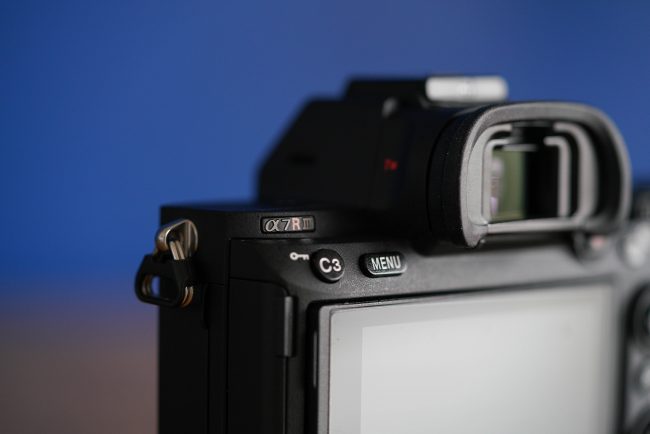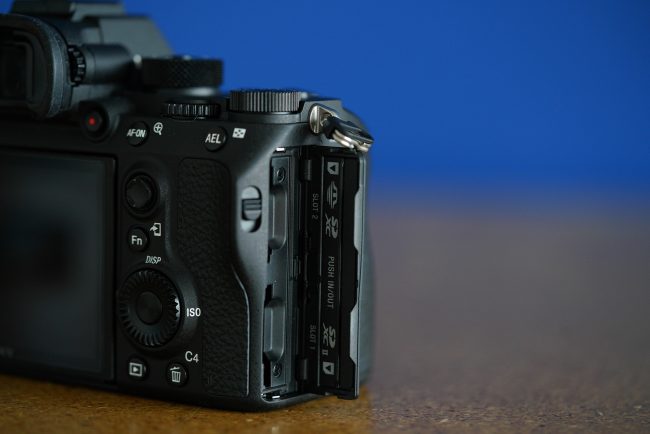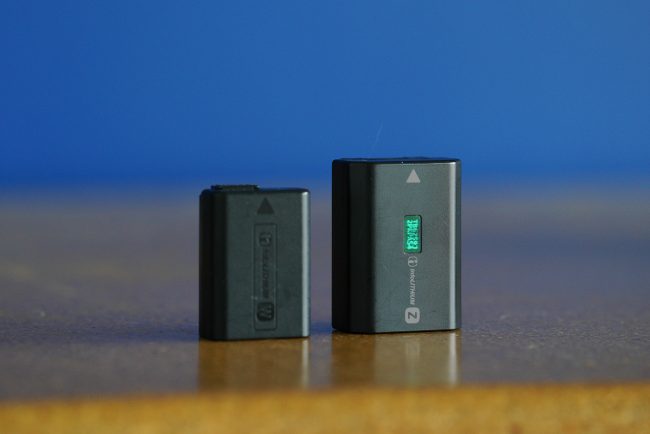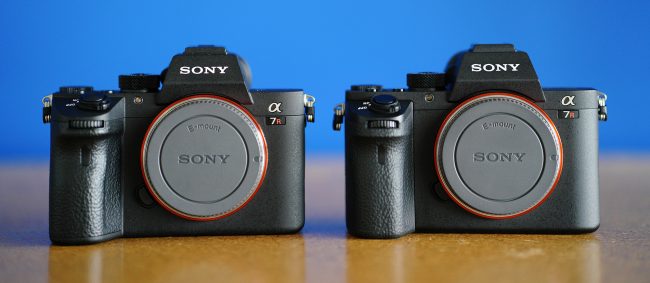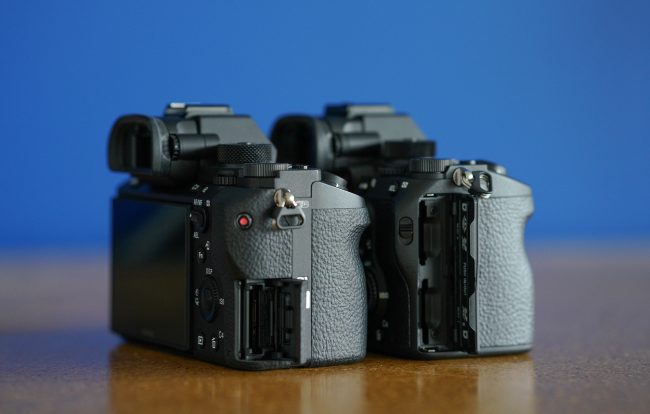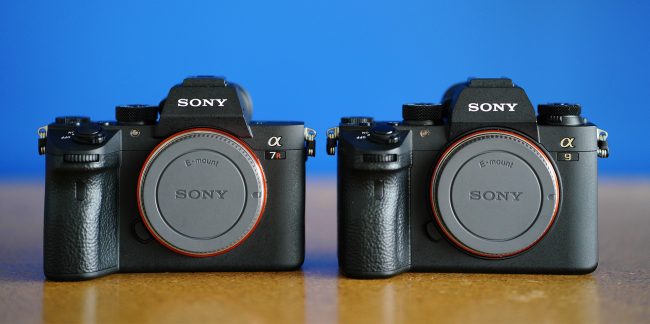Equipment
Comparing the Sony a7R III to the Sony a9 & a7RII
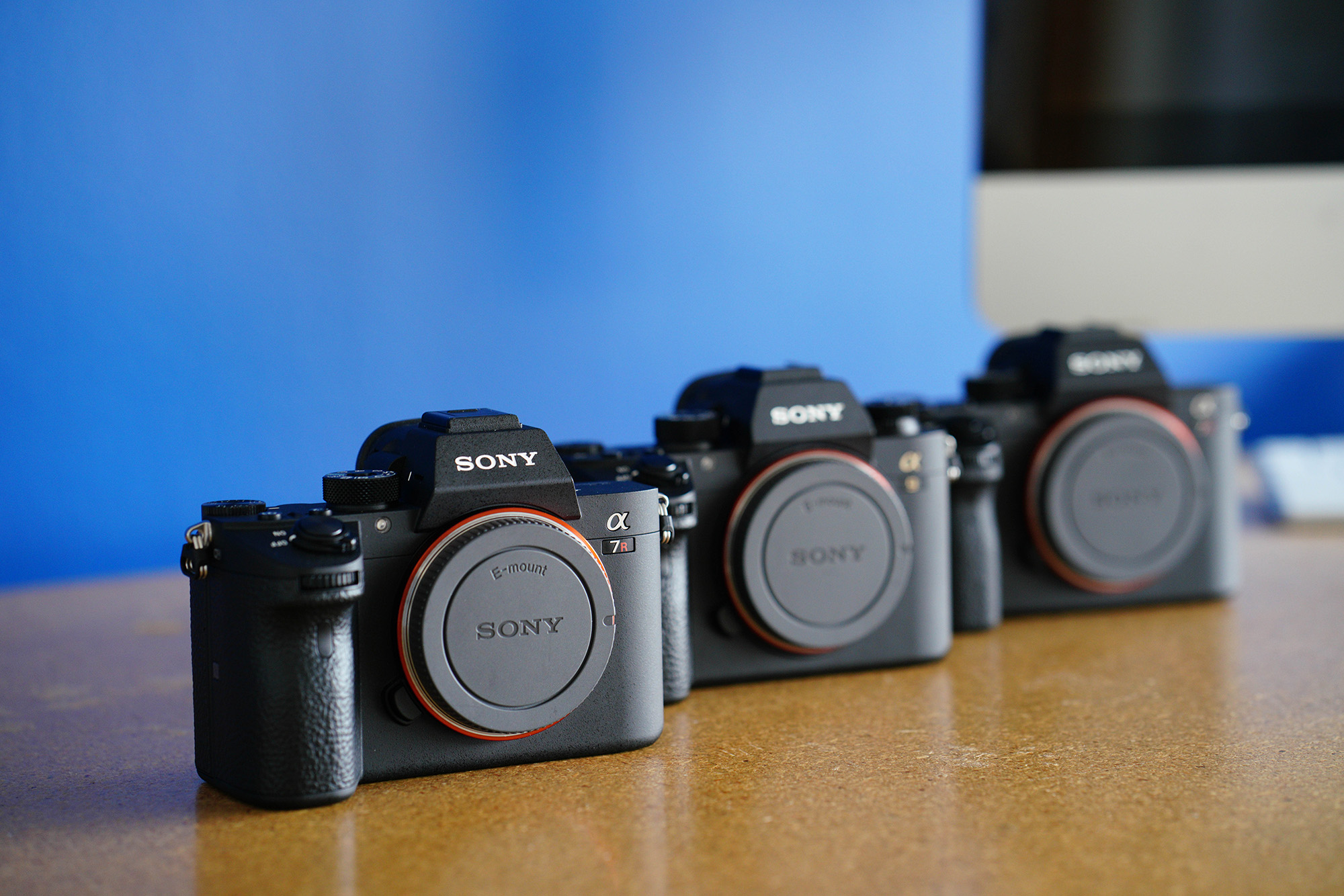
Unless you’ve been hiding under a rock for the past few months, you’ve undoubtedly heard of the new Sony a7R III. Sony has been upping the ante with every release, and their latest high-resolution body is no different. Even just a few years ago there were trade-offs in the latest cameras. If you wanted high resolution, then you had to settle for slower auto-focus and higher write to card times, if you wanted a faster camera, you had to give up the higher resolution for higher frames per second and faster write times. If you wanted to shoot Sony then you also had to make compromises on the battery life (which to be fair, is a downfall of most mirrorless cameras), only having one card slot and minimal to no weather resistance. The list goes on and on. However, with the latest release of the Sony a7R III, those lines have been blurred quite a bit. With a new Fast Hybrid AF System, that incredible 42mp BSI sensor, 10fps shooting, a larger battery and dual card slots, Sony is making up for lost time and giving the haters a lot less to hate on.
The Rundown
The Sony a7R III boasts some killer specs. On the inside, it has a new Fast Hybrid AF System which is supposedly two times quicker than the Sony a7R II and more accurate. While the two cameras share the same amount of Phase Detect autofocus points (399) the A7R III has 400 MORE contrast detect points to aid in focusing. Using the cameras back to back, the A7R III is indeed noticeably quicker and more accurate. I had the Sony a7R III for a week, and I think I had one out of focus image the entire time and it was more my error than anything. The new autofocus system in addition to the joystick that I’m going to talk about shortly really speed up the shooting experience. The sensor itself has the same effective resolution at the Sony a7R II but has benefitted from greater advances in sensor technology, and the people at Sony have managed to squeeze more dynamic range and lower noise in the higher ISOs out of the camera which we will look at later. Sony has also implemented pixel shift and multiple image shooting. Using this function allows the sensor to shift at minimal amounts and combine them into one large image, a feature that many landscape and architecture photographers have been eager to try. The processor is quicker and allows for up to 10 frames per second continuous shooting for 76 frames in RAW format.
Even on the outside, Sony has made significant leaps forward from their previous iterations. They added a much needed larger battery which gets around 690 frames per charge which is about double what Sony rated the Sony a7R II’s battery at. Let’s not forget dual card slots. Ah, dual card slots. This has been a big argument for everyone who says that they’d switch systems but “it doesn’t have dual card slots.” Now it does, giving photographers and videographers alike the added security, allowing for writing to two cards simultaneously. Also, they added “better weather resistance” and a joystick. While the Sony a7rII always felt robust in hand, the Sony a7rIII has only upped the ante. All the buttons and knobs click into place better, and the camera feels heftier, giving the premium quality feel despite the smaller footprint compared to the competitors in the DSLR market. The dual card slot door opens with a little latch mechanism like most of the other pro bodies from Canon and Nikon and doesn’t feel flimsy even though it’s light. However, the dual card system does come with some limitations. While it does have two SD slots allowing for dual recording, it’s worth noting that slot 1 is UHS-II for high-speed recording and slot 2 is only UHS-I. The port covers on the side feel just as good as the previous model did too and fit snugly into place while still being easy to uncover quickly if you need to. Finally, the joystick is something that everyone can get behind, and adds an extra level of usability into a system that’s sometimes referred to as overly complicated. It doesn’t stick out too much, but it’s effortless to find on the back of the camera when your eye is up to the viewfinder and makes moving to different autofocus points much more accessible. I used to use the single center point on the previous Sony mirrorless models, but now with the joystick, I find myself using the flexible spot setting the most since there are so many points you can put the autofocus box in exactly the right spot.
The Sony A7R II vs. Sony A7R III
Some of you might be looking at this thinking, “well all I care about is the image quality, and there isn’t enough of a difference to justify upgrading,” and you would be incorrect. While yes, the sensors are similar there are so many other factors that separate these two cameras. The Sony a7R III has a few extra marks for it like dual card slots and that handy joystick. Using this camera in the field made me wonder why Sony never thought to put a joystick there before. It makes changing focus points infinitely easier, and I the battery life was a much-needed upgrade. When I used to shoot on any of the other Sony bodies, I always had to carry around multiple batteries – by multiple, I mean 3-4 to get me through a day. With the Sony a7R III, I can get through a day of light shooting on one battery and only need two if I feel like I might be shooting a lot or if I might be mixing some video into my workflow. That brings me to my next point: dual card slots. I’m thrilled that Sony started releasing these bodies with dual card slots and the way you can record specific data to each card. For example, you’re able to record images to slot 1, and use the card in slot 2 for video exclusively. The same parameters can be done in a variety of ways, such as RAW images on card 1, and JPEGs on slow 2, or just mirrored images on both cards for added security. The A7R III also added touch screen which I know a lot of people enjoy using, especially for picking autofocus points. I’m not a huge touch screen fan unless it’s for selecting a focus point for video but the A7R III has it, and it works just as well as any of the other touch screens I’ve used.
The Sony A9 vs. Sony A7R III
The Sony a9 was Sony’s first move to this newer body with the bigger battery, dual card slots, etc. but it was priced as the most expensive model in their mirrorless lineup. The Sony a9 is directed at the sports and action photographers out there who desire higher frame rates, faster write speeds and faster autofocus. The A7R III took the features of that camera that were important to every photographer and put it in a less expensive body with higher resolution. The Sony a7R III and Sony a9 are marketed at similar, but different photographers. The Sony A9 is kind of like the Nikon D5/Canon 1DX II, while the A7R III is like the Nikon D850/Canon 5D IV for those of you who are in the DSLR world more than the mirrorless world. One thing I do really like about the A9 vs. the a7R III is the extra dials on top to adjust the frame rates and AF/MF settings. Getting down into the nitty-gritty detail stuff, the A9 has about 50% more Phase Detect autofocus points which means the A9 will give you better performance when you’re using the eye detect or tracking autofocus functions since the points cover almost all of the sensor. The Sony a9 also has a no-blackout EVF in high-speed shooting which makes shooting sports and action much easier. The stacked sensor in the Sony a9 is what allows for higher processing power which gives you that extra speed in writing to the card, the much higher buffer, etc. The last point I really want to make about the A9 is that it has a more highly sealed body than the A7R III. The A7R III does have distinct advantages that more of the general photography (and video) community will be able to leverage. Obviously, the higher resolution itself is a big thing but also the ISO control is a bit better once you start getting up beyond 3200 ISO. The dynamic range is something that everyone can appreciate, and the lack of an anti-aliasing filter will give you sharper images. In short, the A9 is a camera that’s geared towards the pro market that doesn’t need the extra resolution of the Sony A7R III, and can afford the added price.
Dynamic Range
One of the big questions that come with the Sony a7rIII is its dynamic range increase. Sony is known for being the leader when it comes to sensor development, implementing their camera sensors in Nikon’s, FujiFilm systems, PhaseOne Medium Format and more. And while we don’t have a real direct way of testing dynamic range to provide a chart and reference number, we can give reasonably flat images from each of the cameras, and allow you to play with the exposure with your software of choice. Click here to download RAW images from the Sony a7RIII, Sony a7RII, and Sony a9.
Conclusion
All those numbers above are great for a spec sheet but how did it all work together in actual use? Well, to put it simply, pretty incredible. All of the new features they added to this camera made it a much better user experience. The Sony camera final output has always been excellent, but the chassis itself has been the weakest aspect of their mirrorless line. Having moveable autofocus points made framing much more comfortable when used with the added joystick, dual card slots should be a standard on almost all prosumer cameras at this point, and the Sony was sorely missing that. I like that there are more than a few custom function buttons, so I don’t have to go into the (atrocious) menu system. A few downsides are that I still don’t feel super comfortable taking the Sony a7R III out in rough weather. I’ve used most of the Canon and Nikon cameras in the pouring rain, and everything came out dry. There have been horror stories of Sony’s in the past just bricking in the rain and even worse stories about people trying to get them repaired. There’s also a video I found on YouTube where someone did a mock rain test with a water hose on the mist setting, and it still got water in the battery chamber. I honestly can’t express how much of a better, more well-rounded camera the a7R III is. I’d recommend this camera to anyone no matter what you shoot. This camera can do everything well and come in at a smaller and lighter package than any of its DSLR competitors (until you add lenses of course). With the exception of a few specialized genres of photography, this camera can pretty much do it all.
But to touch on the weather sealing – a big selling point to the new Sony a7RIII, I’m not able to properly test that in a comparison article. But intrigued minds have been pinged, and Roger is currently in the middle of doing a full teardown of the new Sony a7RIII, to see where this weather sealing has improved. You can expect that article early next week.
To sum it all up, if you have a Sony a7R II, the Sony a7rIII is a worthwhile upgrade. The new external upgrades like the battery life, joystick, and dual card slots make it worth it. If you’re comparing this to a Sony a9, then you need to weigh what you need out of your camera, as they are different tools for different jobs. The Sony a9 is for the person who needs more autofocus points for more flexible and faster autofocus and higher frame rates for shooting fast-moving subjects. I do think that Sony is finally taking the right steps forward into turning their mirrorless line up into a well rounded professional system that can finally start to compete with the longstanding champions of the pro market from Canon and Nikon in terms of hardware.
Brennan McKissick & Simon Souksanh
Feb. 2018
Author: Brennan McKissick
I’m Brennan and I’m a photo expert in the Nashville office for Lensrentals.com. I have a background in street and documentary photography and also work as a wedding photographer part-time throughout the Southeast.

